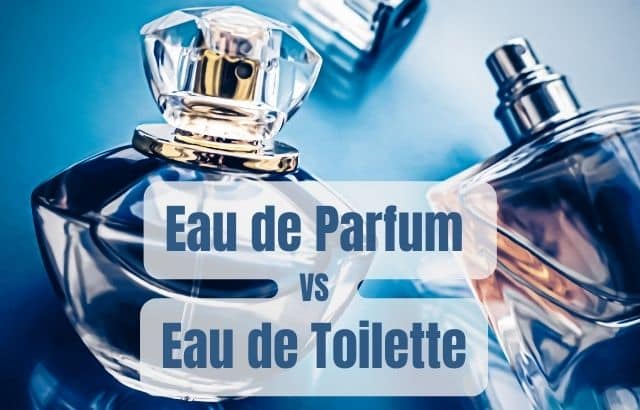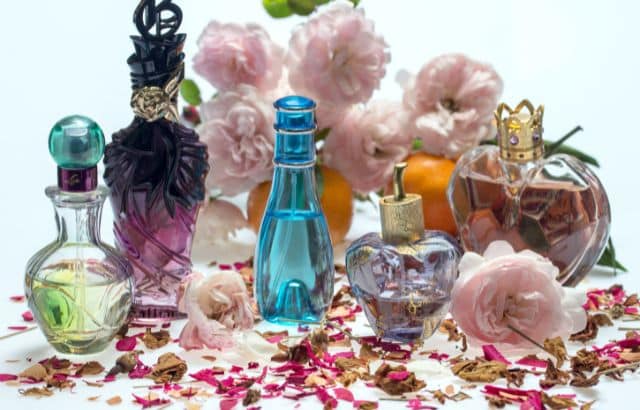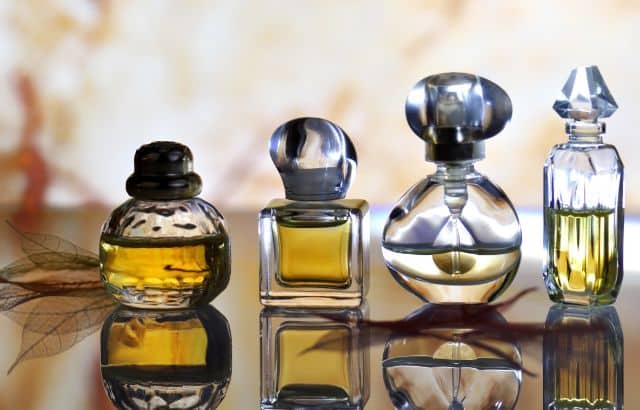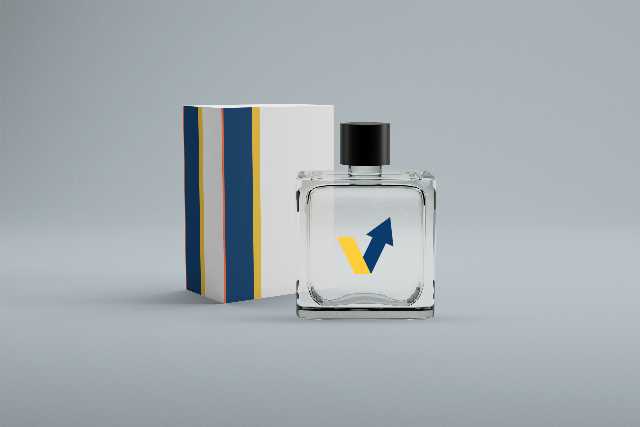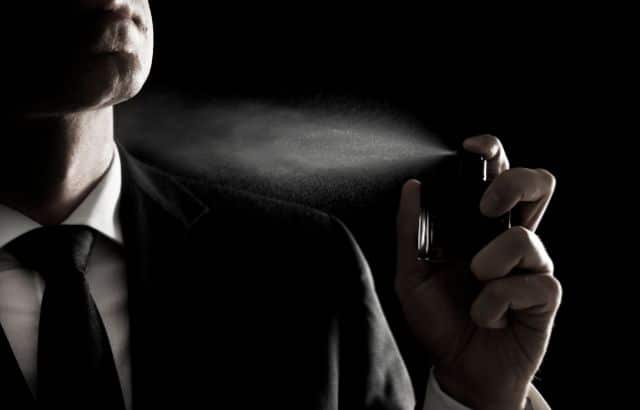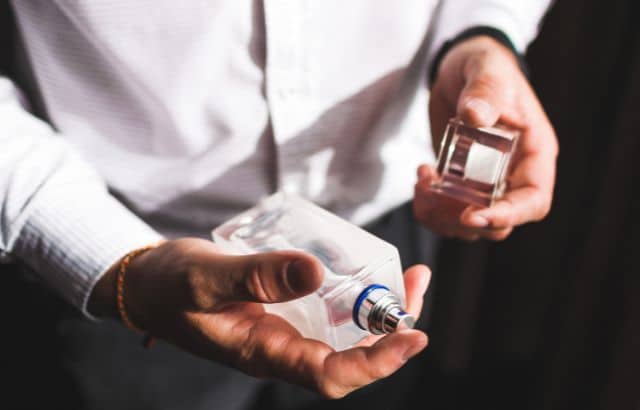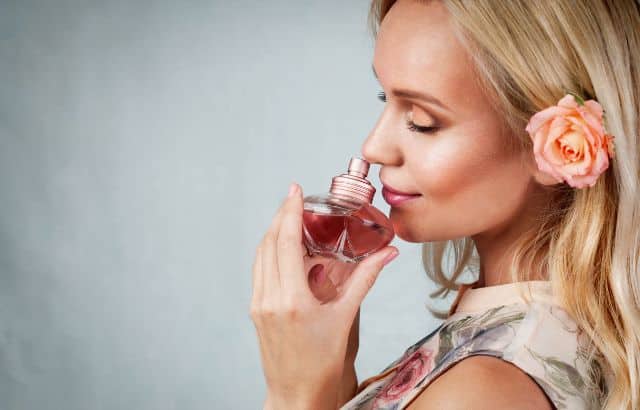Fragrances hold the power to evoke emotions, enhance our confidence, and leave a lasting impression. From subtle scents to bold aromas, the world of perfumes offers a diverse range of options to cater to individual preferences. In this article, we’ll delve into the various types of perfumes and uncover the differences between two common types: eau de parfum and eau de toilette.
Table of Contents
Types of Perfumes
1. Parfum (Perfume): Parfum, also known as perfume extract, is the most concentrated form of fragrance available. It contains the highest percentage of aromatic compounds, usually around 15-40%. Due to its high concentration, parfum tends to have the longest-lasting scent, often lasting for an entire day or more. A small amount is sufficient to create a powerful and noticeable fragrance.
2. Eau de Parfum (EDP): Eau de parfum is a slightly less concentrated version of perfume. It typically contains around 15-20% aromatic compounds. EDP offers a balance between longevity and intensity, making it a popular choice for daily wear. It tends to last for several hours, making it suitable for day-to-night use.
3. Eau de Toilette (EDT): Eau de toilette is a lighter formulation compared to eau de parfum. It contains about 5-15% aromatic compounds. EDT fragrances are often fresher and less intense, making them ideal for casual and daytime use. While EDT scents may not last as long as EDP or parfum, they are great for a subtle, refreshing effect.
4. Eau de Cologne (EDC): Eau de cologne has an even lighter concentration of aromatic compounds, typically around 2-5%. These fragrances are known for their citrusy and invigorating notes, making them a popular choice for a quick burst of freshness. Due to their light nature, eau de colognes need more frequent reapplication throughout the day.
The Difference Between Eau de Parfum and Eau de Toilette
The primary distinction between eau de parfum (EDP) and eau de toilette (EDT) lies in their concentration of aromatic compounds. EDP contains a higher percentage of these compounds compared to EDT, resulting in a more potent and longer-lasting fragrance. The differences can be summarized as follows:
- Concentration: Eau de parfum has a higher concentration of aromatic compounds (15-20%) than eau de toilette (5-15%).
- Intensity: EDP offers a more intense and noticeable scent due to its higher concentration, while EDT is lighter and subtler.
- Longevity: Eau de parfum typically lasts longer than eau de toilette. The stronger concentration ensures that the fragrance lingers on the skin for an extended period.
- Occasions: EDP is suitable for occasions where a more potent and long-lasting scent is desired, such as evenings, special events, and colder seasons. EDT is ideal for everyday wear, casual outings, and daytime use.
In conclusion, the world of fragrances offers a variety of options to suit different preferences and occasions. From the concentrated richness of parfum to the lighter freshness of eau de toilette, each type of perfume serves a specific purpose. Understanding the differences between eau de parfum and eau de toilette allows you to make informed choices when selecting a fragrance that aligns with your style and the moments you wish to enhance with its captivating essence.
Exploring the world of fragrances is not only a sensory journey, but also a fascinating endeavor in the realm of business growth. The fragrance industry is a multi-billion-dollar global market, continually expanding as businesses tap into the power of scents to enhance their products and brand experiences. From luxurious perfumes to scented candles, fragrances have become integral to marketing and branding strategies, influencing consumer behavior and loyalty.
Moreover, the connection between astrology and fragrances adds an intriguing dimension. Many believe that the choice of fragrance is influenced by one’s zodiac sign, with each sign having preferences for certain scents that align with their personalities. This connection has led to the creation of personalized fragrance products and marketing campaigns, further fueling the fragrance industry’s growth.
In this aromatic landscape, businesses are not only meeting consumer demands for unique scents but also exploring innovative ways to incorporate fragrances into their offerings, from skincare products to home goods. As they harness the power of scents and astrology to attract and engage customers, the world of fragrances continues to evolve and thrive in the realm of business and astrology alike
Personality Profile: Finding Your Fragrance Fit
Imagine EDP as the bold, charismatic friend who commands attention at a party. Its intensity is perfect for special occasions or making a statement. EDT, on the other hand, is like the effortlessly stylish cousin, perfect for everyday wear or layering different scents.
But wait, there’s more! Most blogs wouldn’t tell you this, but the magic lies in the olfactory pyramid. This three-tiered structure reveals the fragrance’s evolution:
Top notes: The initial impression, light and fleeting.
Heart notes: The true essence, emerging after the top notes fade.
Base notes: The long-lasting foundation, providing depth and complexity.
EDP, with its higher oil concentration, allows each note to unfold more gradually, creating a richer olfactory journey. EDT, with its lighter composition, focuses on the top and heart notes, offering a quicker olfactory experience.
Beyond the Bottle: Unmasking the Hidden Factors
Price often plays a role, with EDPs typically commanding a premium. However, consider cost per wear. A concentrated EDP used sparingly lasts longer, potentially making it more economical in the long run. Also, remember skin chemistry. Fragrances react differently on individuals, so testing is crucial before committing.
The Final Twist: More Than Just Concentration
While concentration is key, don’t underestimate the power of individual fragrance profiles. Some EDTs can pack a punch, while certain EDPs offer a lighter touch. Ultimately, the perfect choice depends on your personal preferences, occasion, and desired intensity.
So, is there a winner? Not quite. Both EDP and EDT offer unique benefits and drawbacks. The true victor is you, the informed fragrance enthusiast, armed with the knowledge to choose the scent that perfectly complements your story.
.

